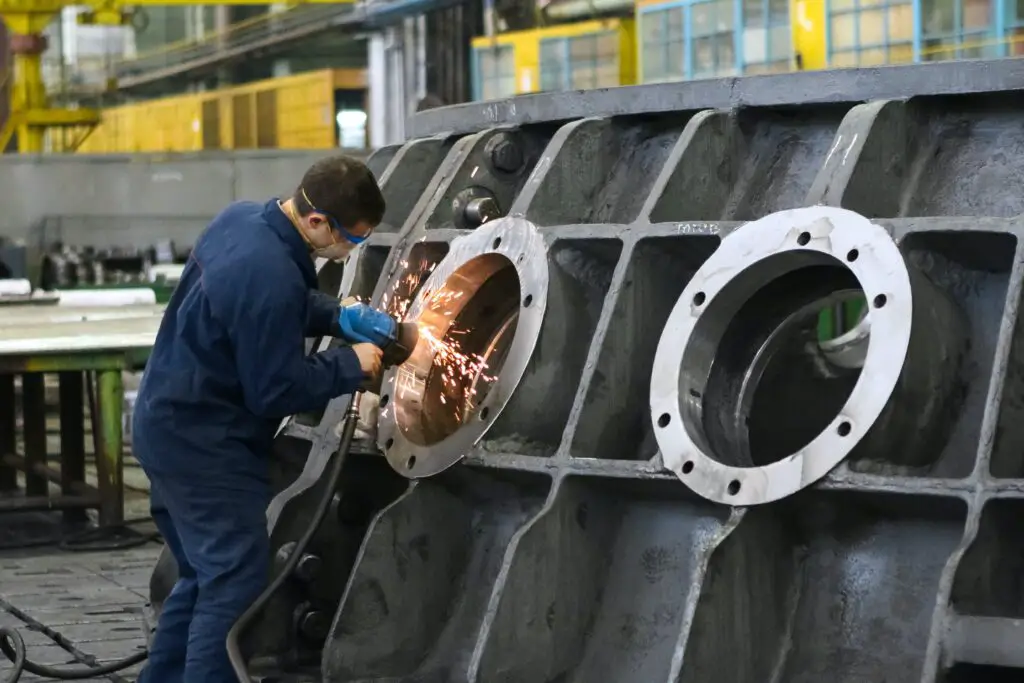Unlocking the Essence of Manufacturing Capacity:
At the heart of industrial prowess lies the enigmatic concept of manufacturing capacity, an intricate tapestry woven by the confluence of resources, efficiency, and strategic prowess. It’s the heartbeat of production prowess, the linchpin that orchestrates the dance between demand and supply. Join us on a profound exploration as we dissect the nuances, strategies, and pivotal facets that compose this quintessential element of industrial might.

Defining Manufacturing Capacity:
The nucleus of production resilience, manufacturing capacity embodies the maximum output a system can sustainably generate over a specified period. It’s not merely about the quantum of products churned out but encapsulates the intricate web of resources, machinery, labor, and operational efficiency. This holistic definition unveils its multifaceted nature, transcending the mere metrics to delve into the essence of sustainable productivity.
Understanding Capacity Types and Components:**
Within the expansive realm of manufacturing capacity lie diverse types and components. From design capacity, which represents the maximum output under ideal conditions, to effective capacity that accommodates real-world constraints, each facet crafts a distinct narrative. Machinery, human capital, raw materials, and technology synergize within this framework, painting a canvas where efficiency and limitations converge, defining the boundaries of operational output.
Measuring Manufacturing Capacity:
Quantifying manufacturing capacity necessitates a mosaic of metrics and methodologies. Utilization rates, efficiency ratios, and production lead times unveil the heartbeat of capacity utilization. However, beneath these numerical imprints lies a tapestry woven by OEE (Overall Equipment Effectiveness), Takt time, and throughput, elucidating the efficiency quotient. This intricate blend of quantitative and qualitative measures portrays a nuanced portrayal of a system’s operational prowess.
Enhancing Capacity Throughput and Efficiency:**
Boosting manufacturing capacity isn’t merely about amplifying output but optimizing efficiency. Lean methodologies, Six Sigma principles, and Kaizen philosophies converge to streamline operations, identifying bottlenecks, and enhancing throughput. Techniques like Single-Minute Exchange of Dies (SMED) and Just-In-Time (JIT) systems harmonize to sculpt an operational ballet, where efficiency doesn’t compromise quality.
Factors Influencing Manufacturing Capacity:
The ecosystem of manufacturing capacity pulsates under the influence of multifarious factors. From technological advancements shaping automation and digitalization to the ebbs and flows of market demand, each factor wields a transformative influence. Supply chain resilience, workforce expertise, and regulatory frameworks interplay within this symphony, dictating the fluidity and limitations of a system’s productive prowess.
Navigating Resource Allocation and Investment:**
The allocation of resources intricately interlaces with augmenting manufacturing capacity. Investments in cutting-edge technology, upskilling the workforce, and fortifying supply chains represent strategic maneuvers. Yet, the delicate balance lies in prudent resource allocation, where capital investments harmonize with risk mitigation strategies, catalyzing an upward trajectory without perilous overextension.
Strategies for Optimizing Manufacturing Capacity:
Strategic orchestrations steer the helm of manufacturing capacity optimization. Flexibility in production systems, embracing modular designs, and adaptive scheduling epitomize agility in responding to dynamic market shifts. Concurrently, predictive analytics, IoT integration, and AI-driven systems orchestrate a symphony of data-driven decisions, sculpting an environment where foresight prevails over reactionary measures.
Balancing Operational Efficiency and Flexibility:**
The tightrope walk between operational efficiency and adaptability defines the crux of capacity optimization. Agile manufacturing principles underscore the importance of dynamic responsiveness without compromising efficiency. Strategies like Demand-Driven Manufacturing (DDM) and Just-In-Sequence (JIS) systems epitomize this equilibrium, ensuring adaptability while safeguarding the efficiency quotient.
Challenges and Future Trends in Manufacturing Capacity:
The horizon of manufacturing capacity isn’t devoid of challenges. Supply chain disruptions, geopolitical upheavals, and talent scarcity cast shadows over operational continuity. The dawn of Industry 4.0 heralds a transformative era, where AI, robotics, and augmented reality redefine manufacturing landscapes. Adapting to this flux necessitates not just resilience but a proactive embrace of technological innovations and adaptive strategies.
Embracing Sustainability and Resilience:**
Sustainability emerges as a cornerstone in the future narrative of manufacturing capacity. Circular economy paradigms, eco-friendly production methodologies, and renewable energy integration herald an era where ecological consciousness intertwines with industrial prowess. Resilience, not just in the face of market fluctuations but also in ecological stewardship, emerges as a pivotal facet for sustained manufacturing capacity.
Case Studies:
Real-world vignettes illuminate the application of strategies in augmenting manufacturing capacity. Case studies spanning diverse industries portray the implementation of lean methodologies, technological integrations, and strategic pivots. These narratives serve as beacons, showcasing how adaptive strategies can reshape operational landscapes, amplifying capacity while navigating challenges.
Exploring Diverse Industry Case Studies:**
Industries spanning automotive, pharmaceuticals, electronics, and beyond offer glimpses into the tapestry of capacity optimization. From Toyota’s lean manufacturing principles to Pfizer’s adaptive strategies in pharmaceuticals, each case study delineates the strategic tapestry that reshapes manufacturing paradigms, serving as blueprints for emulation and innovation alike.
